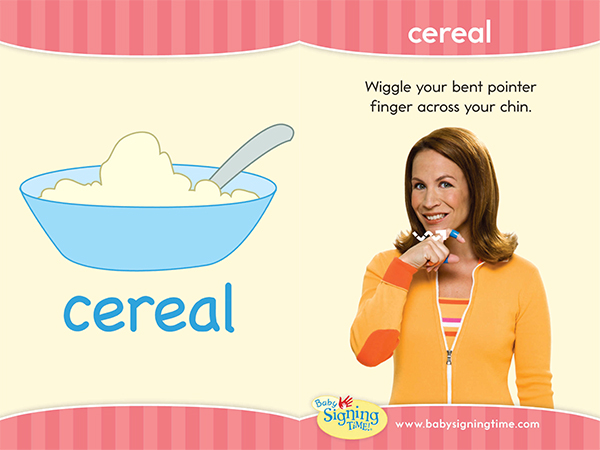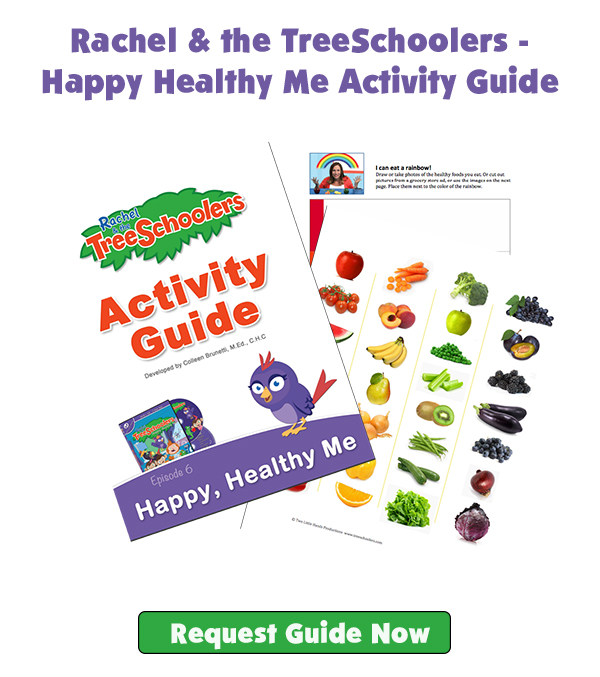[vc_row][vc_column][vc_column_text]
Healthy from the Start
By 4 to 6 months, most infants are ready to be introduced to solid foods along with breast-feeding or formula-feeding. Since most infants don’t have teeth at this stage they use their tongue to move the food in the mouth so they are able to swallow it.
Start with simple foods with a single ingredient with no added salt or sugar. Most Pediatricians recommended starting with baby cereal that contains iron and zinc. Then every 3 to 7 days introduce a new fruit or vegetable. It is important to feed your child a variety of colors, as they each offer different nutrients your child needs. Don’t give up on a food because your child doesn’t like it the first time.
By 8-10 months most babies are ready for small soft foods such as bananas, berries, steamed vegetables, pastas, well cooked meats, and cheeses. They can also manage small finger foods like dry cereal and baby crackers.
Feeding your infants and toddlers a variety of foods consisting mostly of fruits and vegetables will support the best nutritional habits as they continue to grow and develop.
Continue to introduce new foods regularly. As your child reaches preschool age they should be eating what you are eating. You may want to consider involving your child when preparing food and selecting foods for your family meals.[/vc_column_text][vc_column_text]
Using Signs to Support Mealtime
Research has shown that infants can sign before they can speak. Using sign language at meal time can help your child express what they want/need. Here are a fews signs to get you started:
[/vc_column_text][vc_video link=”https://youtu.be/ipbA6ewGvJI” title=”Signing Time – Rainbow Salad sung by Brigham”][/vc_column][/vc_row][vc_row][vc_column][vc_column_text]
Clear, Constant Meal and Snack Time Rules
It’s no secret that a variety of food based on fruits and vegetables are best, but what you may not realize is that picky eating is about control, not the food. We acknowledge that some children have sensory or physical problems that make eating difficult. But for most kids, it is about teaching them to try new flavors, textures, temperatures, and food groups. Having clearly defined rules that are constant make it less of a power struggle.
Here are some to consider:
- Intuitive Eating Rule – Allow your child to take the lead on when they need food and how much. Set up a drawer in the fridge and in a designated spot in a cabinet with a variety of healthy foods prepared in the correct serving size. Offer fruits, vegetables, dairy, meats, and whole grains for your child to select from when they are hungry.
- Rainbow Rule – Each meal or snack must include 2 -4 different colors.
- 90/10 Rule – 90% of the food consumed during the day or week is nutritious and 10% of the time it may not be.
- Bites Per Age Rule – When trying a new food you have to have a minimum number of bites based on your age. So if your child is three they have to have 3 bites of that new food. They are welcome to have more, but not less.
- Rotation Rule – Don’t eat the same food 2 days in a row. Milk is the exception.
[/vc_column_text][/vc_column][/vc_row][vc_row][vc_column][vc_column_text]
Teach Your Child to Eat a Rainbow!
In Rachel & the TreeSchoolers Happy, Healthy Me, Rachel teaches how we keep our bodies healthy by including eating a variety of foods from the soil.[/vc_column_text][vc_video link=”https://youtu.be/iK2k3e4thSQ” title=”TreeSchoolers Happy, Healthy, Me”][/vc_column][/vc_row][vc_row][vc_column][vc_column_text]
Easy! 8 ways to teach your kids to eat healthy without begging, bribing, or pleading by Alisha Grogan, Pediatric Occupational Therapist
1. Have no goal in mind
- Often when we start to teach kids about nutrition it’s because they’ve had three candy bars or they haven’t eaten anything but garlic bread at dinner. We get worried and feel pushed into a corner. In an effort to control what they’re eating we start a nutrition “lesson.” This is not a good time, as you are not in a good place (and, I speak from personal experience). Before you ever say a word about nutrition, ask yourself, “Am I saying this to try and control what they’re eating right now.” If the answer is yes, do not make any comments.
2. No matter what, avoid labeling foods as healthy, bad, or junk.
- We want to keep all foods on a neutral playing field.
3. Don’t forbid any foods.
- Although it has pained me terribly, there have been foods that I have bought on an occasion or two because my kids want them so badly. I don’t make them earn these foods or put any parameters on them like, “We can only buy Doritos once a month.” I keep it vague and now that my kids are old enough to ask (and beg) in the store, I’ll simply say, “Oh, that isn’t on the list, is that something you’d like to get another time?” when they ask about getting a “junk” food. Likewise, I don’t forbid food at parties or friend’s houses.
4. Focus on education, not dictation.
- Instead of focusing on if a food is healthy or not, think about really teaching your child about that food as if you were teaching them the colors of the rainbow or what mammals are. That means describing the food without any prejudices and maybe talking about different ways to prepare it. For a really young child, that may be talking about what color, smell, or texture a food has. For older kids, you may say something like, “Oh, this is steak. It’s very similar to the hamburger you like. The hamburger is the same type of meat, but all ground up. Steak and hamburger are both beef and that has a lot of protein in it. Protein gives us energy and helps make us stronger. “
5. Create conversation
- When you’re teaching your child, encourage an open discussion and skip the lecture. Ask questions like, “What type of food do you think that is?” Or, “There’s something really cool about salmon. It’s sort of a super fish because it has these special ‘vitamins’ (omega 3’s) that actually help our brain grow. Did you know that?”
6. There are special benefits to most foods, even desserts
- Just like in the above example about salmon, one of the first ways I like to start teaching kids about nutrition is to simply tell them what sorts of advantages we get from food when we eat them. I use the word vitamin as a blanket term, especially for younger kids. I’ll even talk about how dessert tastes good and can be very enjoyable. It’s important to talk about the benefits as they apply to all people though, not just to your child. We cross the line into pressuring our kids to eat when we say things like, “Spinach makes you have big muscles. Do you want to have big muscles?” Do you see the difference?
- Head over to the best picky eating strategy to learn about how to avoid pressuring our kids to eat, and why that’s so important.
7. Eating too much of any food may not be good for our body.
- This is a line I use a lot, especially with my recovered extreme picky eating kiddo. He still has a tendency to want lots of the food he really loves and may ignore everything else. While I don’t want to pressure him, I do want him to know that sometimes if we eat a lot of candy, it can give us a stomach ache. I’ll also say the same would be true if you ate tons and tons of broccoli and nothing else because the truth is, you can also end up with a stomach ache and likely not enough energy.
8. Teach the difference between a protein, fruit/vegetable, and carbohydrate.
- Talk about how most foods fit into one of these categories and that they each have their own benefits. I also like to emphasize that when we eat some of all these foods our body feels the best. And, then I get specific, which kids really need – “That means you can run, play, and learn at school without feeling sick or tired.”
[/vc_column_text][/vc_column][/vc_row][vc_row][vc_column][vc_column_text]
[/vc_column_text][/vc_column][/vc_row][vc_row][vc_column][vc_column_text]Resources:
Easy! 8 Ways to Teach Your Kids to Eat Healthy without begging, bribing, or pleading by Alisha Grogan, Pediatric Occupational Therapist
Teach Your Children How to Try New Foods Dina Rose, PhD is a sociologist, parent educator and feeding expert.[/vc_column_text][/vc_column][/vc_row]





